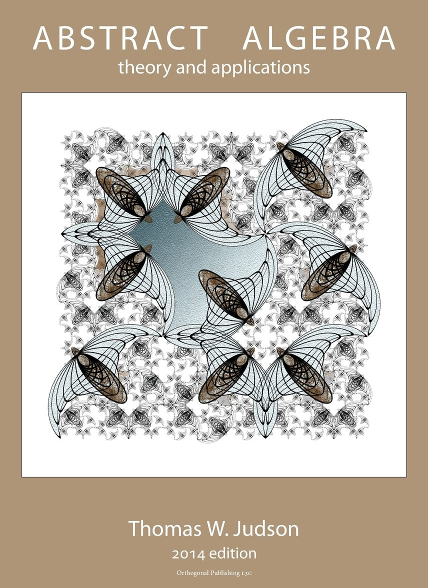Warm-up
1.4.2.
Hint.
(a) \(A \times B = \{ (a,1), (a,2), (a,3), (b,1), (b,2), (b,3), (c,1), (c,2), (c,3) \}\text{;}\) (d) \(A \times D = \emptyset\text{.}\)
1.4.6.
Hint.
If \(x \in A \cup (B \cap C)\text{,}\) then either \(x \in A\) or \(x \in B \cap C\text{.}\) Thus, \(x \in A \cup B\) and \(A \cup C\text{.}\) Hence, \(x \in (A \cup B) \cap (A \cup C)\text{.}\) Therefore, \(A \cup (B \cap C) \subset (A \cup B) \cap (A \cup C)\text{.}\) Conversely, if \(x \in (A \cup B) \cap (A \cup C)\text{,}\) then \(x \in A \cup B\) and \(A \cup C\text{.}\) Thus, \(x \in A\) or \(x\) is in both \(B\) and \(C\text{.}\) So \(x \in A \cup (B \cap C)\) and therefore \((A \cup B) \cap (A \cup C) \subset A \cup (B \cap C)\text{.}\) Hence, \(A \cup (B \cap C) = (A \cup B) \cap (A \cup C)\text{.}\)
1.4.10.
Hint.
\((A \cap B) \cup (A \setminus B) \cup (B \setminus A) = (A \cap B) \cup (A \cap B') \cup (B \cap A') = [A \cap (B \cup B')] \cup (B \cap A') = A \cup (B \cap A') = (A \cup B) \cap (A \cup A') = A \cup B\text{.}\)
1.4.14.
Hint.
\(A \setminus (B \cup C) = A \cap (B \cup C)' = (A \cap A) \cap (B' \cap C') = (A \cap B') \cap (A \cap C') = (A \setminus B) \cap (A \setminus C)\text{.}\)

